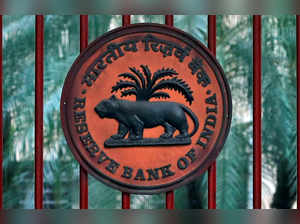 Reuters
ReutersOmission of food from CPI would create the risk of underprediction of inflation, the paper argued.
India's CPI remained over RBI's upper tolerance band of 6% for the last five months, largely because of high food prices, erasing the scope for fresh policy rate cuts despite a falling gross domestic product.
There has also been debate on whether CPI with its current form is the right anchor for the inflation targeting central bank when monetary policy cannot rein in food price spirals.
"If the central bank uses ‘CPI excluding food and fuel’ as the only measure of inflation in a Taylor rule, underprediction of inflation by the core on account of exclusion of sticky food prices can lead to lower than desired changes in interest rate and vice-versa," said the author of the working paper GV Nadhanael. "The bottom line is that macroeconomic models have to explicitly account for sticky components of food prices in this environment," he said.
Axis Bank chief economist Saugata Bhattacharya had recently told ET that a country’s CPI represents the true consumption basket and hence a representative cost of living. "Hence, the CPI should not be modified to suit monetary policy. The adjustment should be the reverse, with an appropriate anchor chosen to target an inflation-targeting monetary policy,” he said.
Combined food components carry 45.6% weightage on CPI in India, the highest among inflation-targeting central banks.
The degree of stickiness in food prices has more relevance for policy in India... The risk of policy errors from excluding sticky components, if any, in the food sector is larger in India as compared with advanced economies, where food has a low share in CPI (typically less than 10%), Nadhanael argued.
The paper also pointed out that sticky food inflation and inflation excluding food and fuel do not coincide all the time.
Download The Economic Times News App to get Daily Market Updates & Live Business News.
Subscribe to The Economic Times Prime and read the ET ePaper online.
Download The Economic Times News App to get Daily Market Updates & Live Business News.
Subscribe to The Economic Times Prime and read the ET ePaper online.









 Get Unlimited Access to The Economic Times
Get Unlimited Access to The Economic Times
